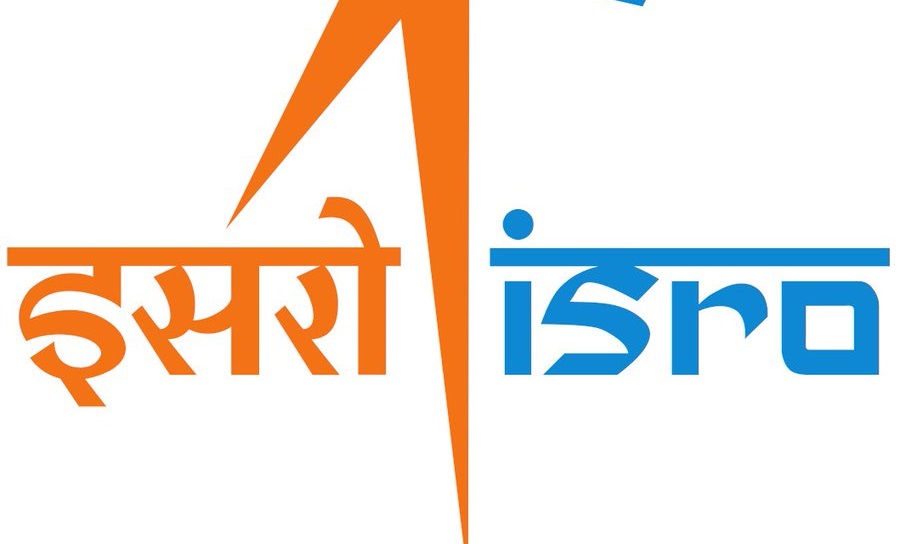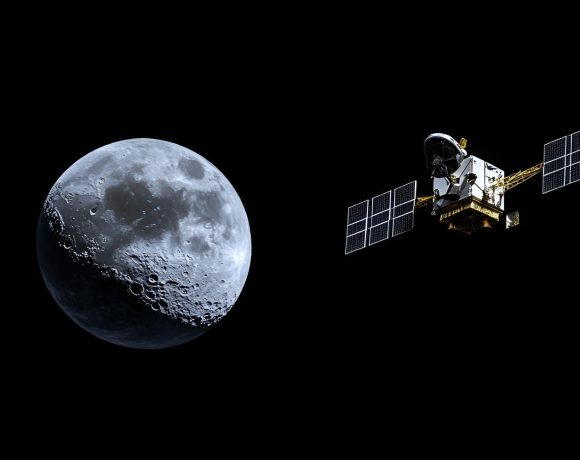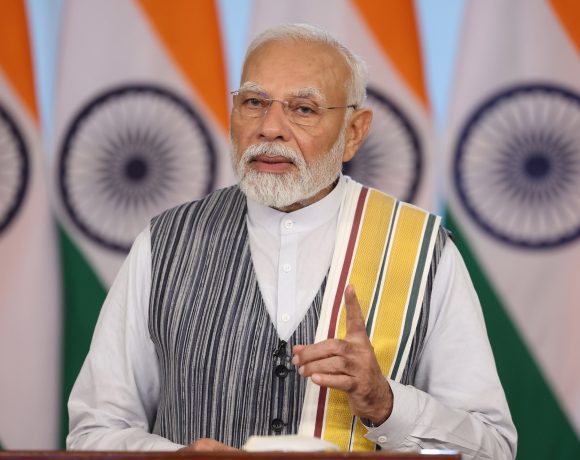
ISRO Achieves Second Successful Docking in SpaDeX Mission
The Indian Space Research Organisation (ISRO) has successfully carried out its second autonomous docking operation under the Space Docking Experiment (SpaDeX), marking a major leap forward in India’s space technology. The experiment, which involves two dedicated satellites – SDX01 (Chaser) and SDX02 (Target) – is designed to demonstrate the capability of in-orbit docking, a critical requirement for future human spaceflight missions and space station logistics.
This achievement comes after the initial docking on January 16, 2025, and an undocking on March 13, 2025. During the intervening period, ISRO conducted a rolling experiment where one satellite maneuvered around the other. This maneuver tested orbital control, rendezvous precision, and real-time ground control coordination, further validating the mission’s software and hardware frameworks.
Each of the two SpaDeX satellites weighs approximately 220 kg and is equipped with custom docking interfaces, autonomous navigation systems, and propulsion controls. Their performance is being closely studied as ISRO prepares for more complex missions such as the Gaganyaan human spaceflight program and the Chandrayaan-4 lunar sample return.
ISRO Chairman V. Narayanan hailed the second docking as a “smooth and critical operation,” confirming the maturity of India’s in-orbit servicing capabilities. The technology demonstrated through SpaDeX is also expected to play a significant role in satellite refueling, debris removal, and the creation of India’s future orbital platforms, including the proposed Bharatiya Antariksha Station.
Looking ahead, ISRO will continue to perform controlled docking and undocking operations under varying orbital conditions to fine-tune autonomous systems. With SpaDeX proving to be a resounding success, India has taken another decisive step toward becoming a major player in next-generation space infrastructure.

















